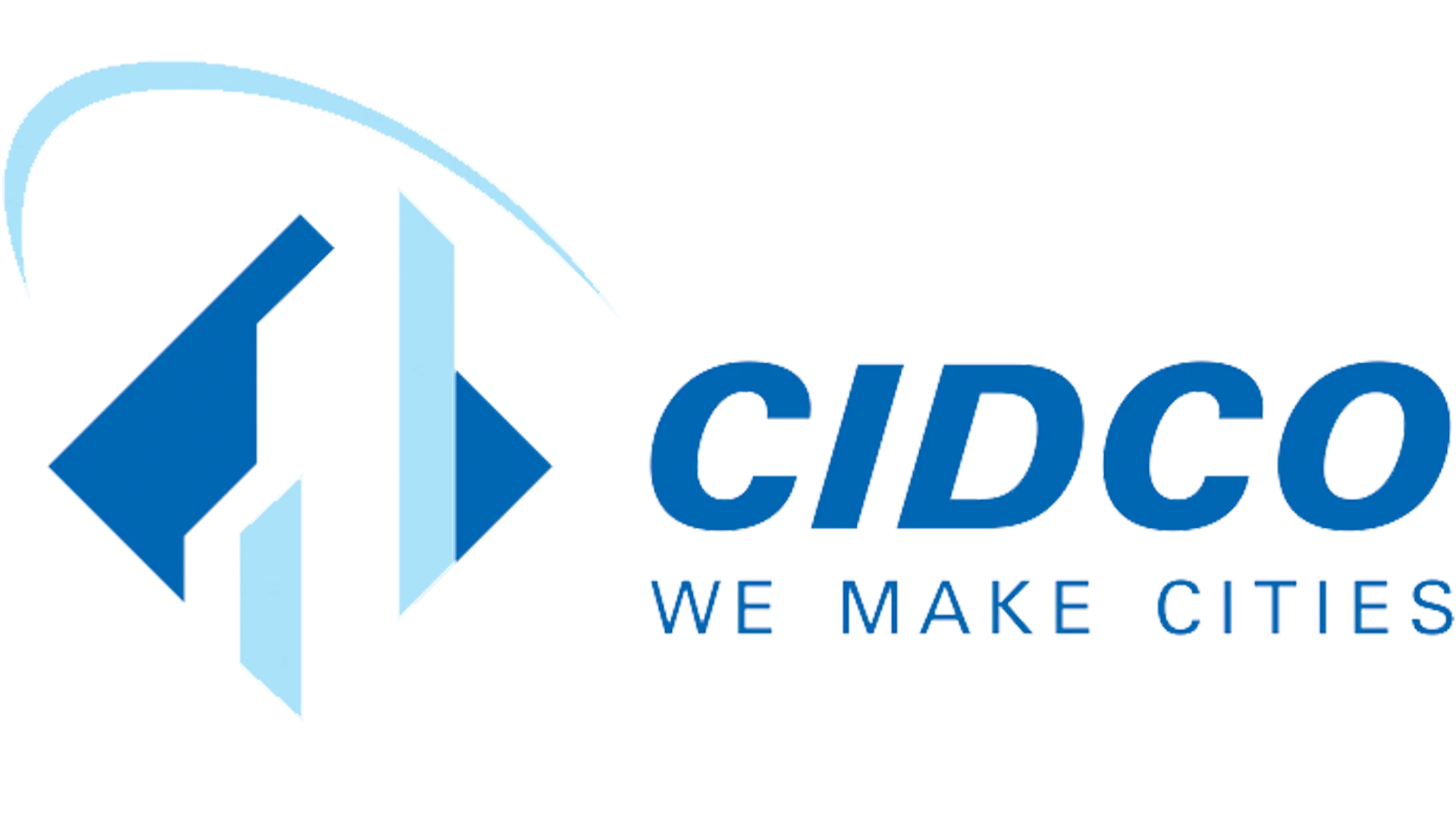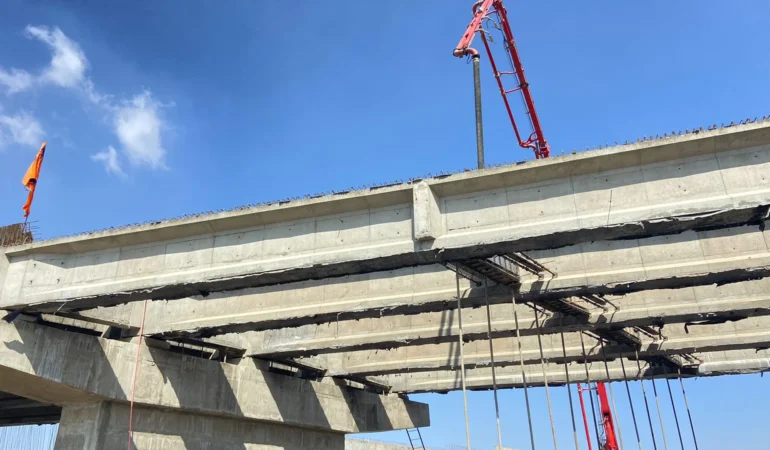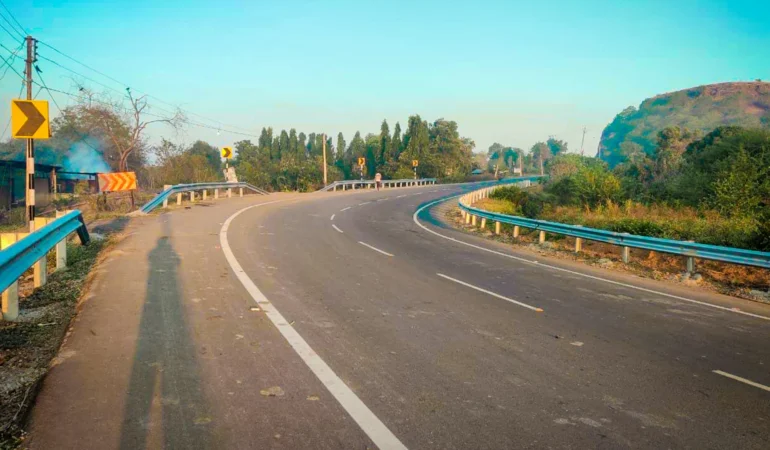
Innovision Infrasol Pvt Ltd is one of the leading engineering and project management consultancy in India.
Innovision Infrasol Pvt Ltd was Incorporated in the year 2016 with the idea to provide a wide range of engineering services required by the Infrastructure Industry. Innovision Infrasol Pvt Ltd is presently a deeply grounded, multi-layered framework consultancy association in India and serving the Infrastructure Industry for over 7 years. We are working with 30+ renowned Contractors in the Highway Industry and have successfully designed 2000+ Km of 2 lanes, 4 Lane, and 6 Lane Expressways.
Innovision Infrasol Pvt Ltd is overseen by an exceptionally sound and restrained administration under the initiative of Founder Tejas Auti and has generally speaking control in every one of the fields of the association – Technical, Administrative, Design, and furthermore Financial.




























